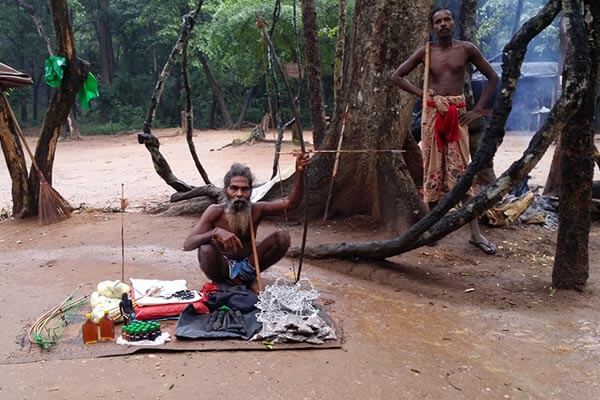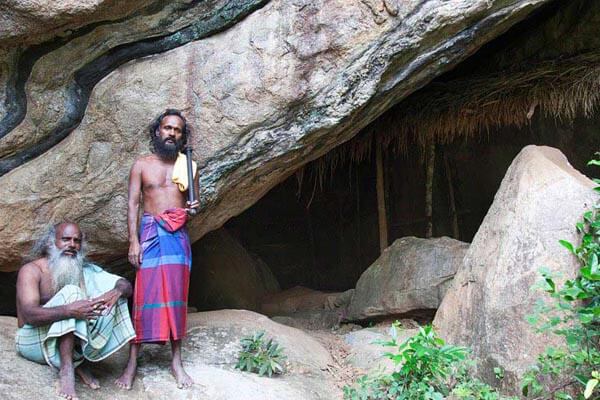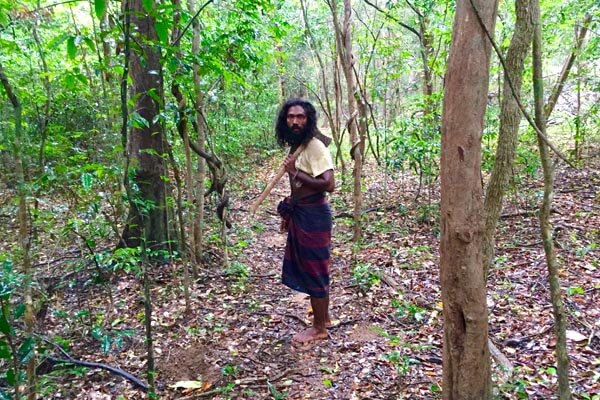Ella & Around
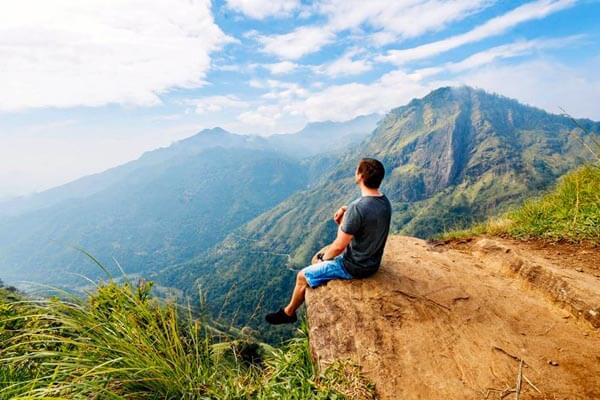
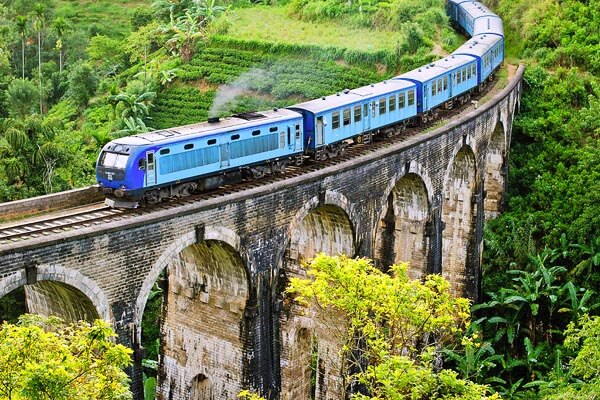
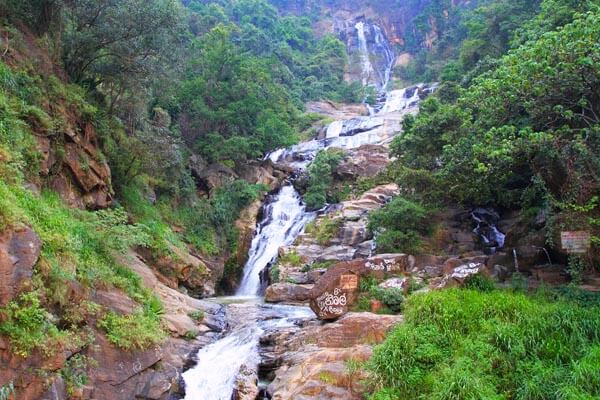
Environs
“Arukku Nawaya” Bridge (Nine Arch Bridge): This bridge is situated 01 km. on the Gotuwala road near the Sutherland bungalow on the left of 02 kms. Away from Ella town along Passara road. This bridge belongs to the Madhuragama Grama Seva Division between Ella and Demodera Railway Stations. This name is used since the bridge contains of 09 arches. It is also known as “Ahas Nawaya Palama” (9 Skies Bridge). This bridge is 300 feet (91.44 m) long and 25 ft (7.62 m). wide. This bridge connects with two high lands and has been made of large cubic stones. The height is 80 ft (24.38 m). The bridge has constructed with using an amazing engineering technology.
Rawana Falls: This water fall is situated on the Ella – Wellawaya road. This is a wide waterfall and the height is 27m. Rawana falls origins from Kirindi Oya. It is really attractive falls with a charming environment. This is also associated with the romantic legend of Rama & Sitha narrated in the ancient Indian epic poem, Ramayana. According to folk-lore, king Rawana of Sri Lanka had hidden the beautiful princess Sitha whom he adbucted after defeating her husband prince Rama of India.
Rawana Cave: One should climb up the hill about 1.5kms. in front of the Rawana ancient temple. It is said that this cave belongs to the period of Walagamba. According to the folklore, Queen Seetha has been hidden in this cave. According to the legend the tunnel which begins from the cave opens up in the Dowa temple and is a place to enjoy seeing the panorama as this cave located on a high elevation.
Dunhinda Falls
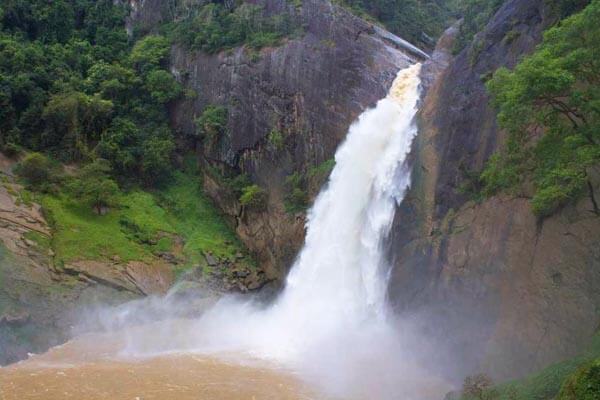
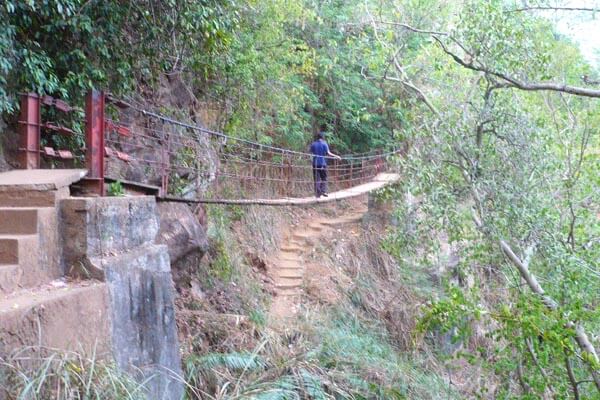
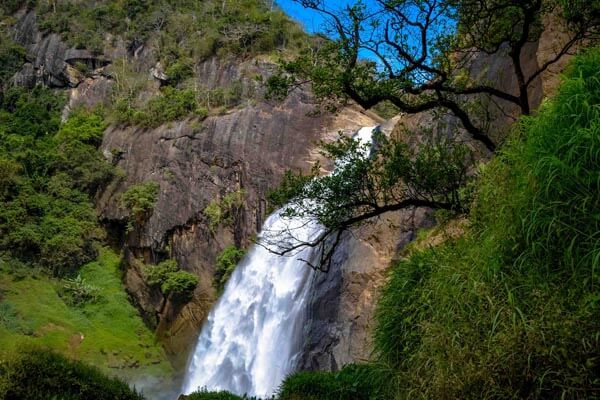
Mahiyanganaya
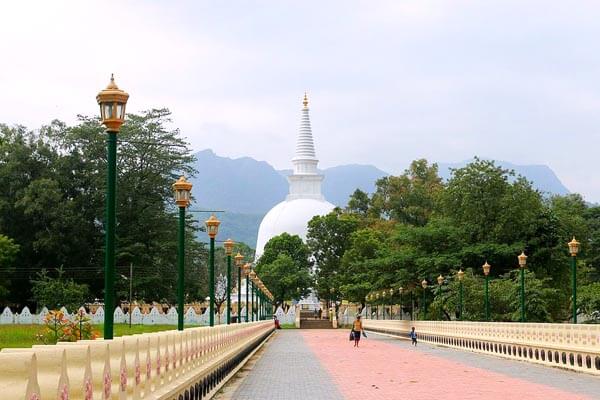
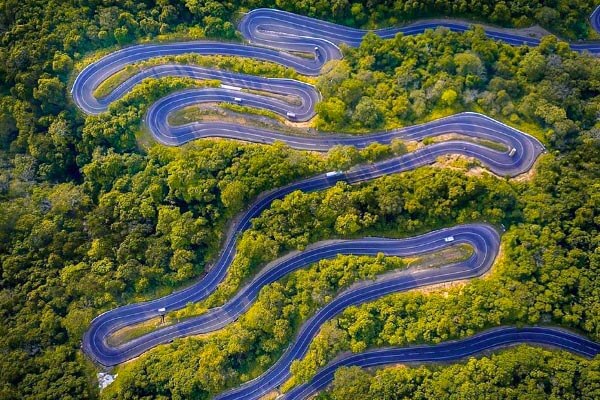
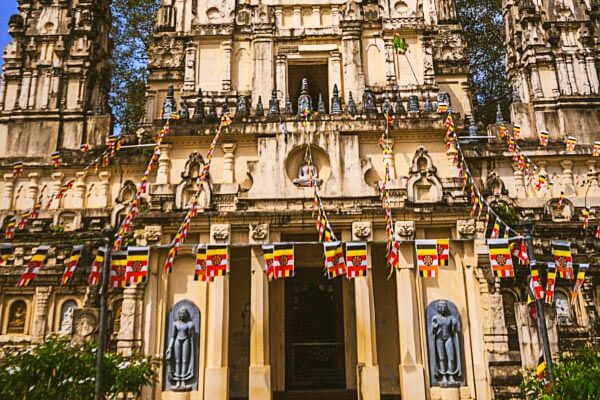
Dambana - Vedda people
